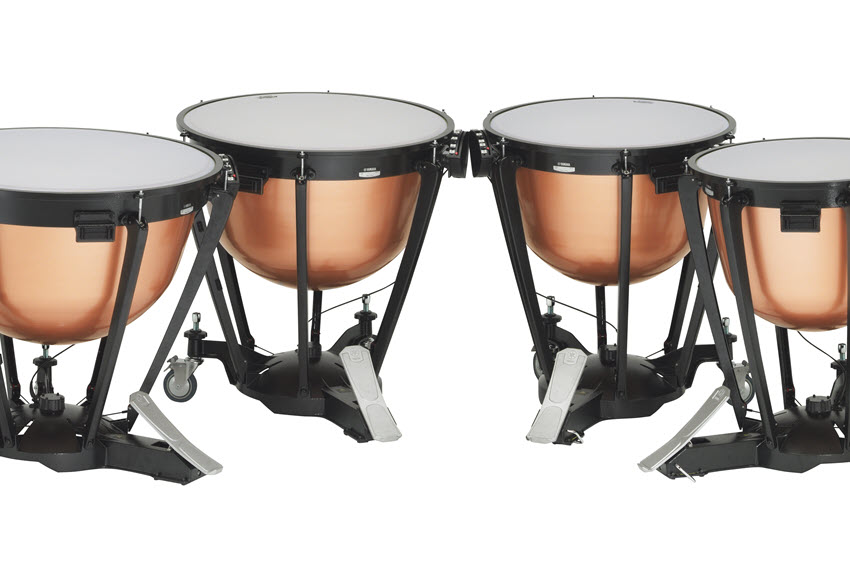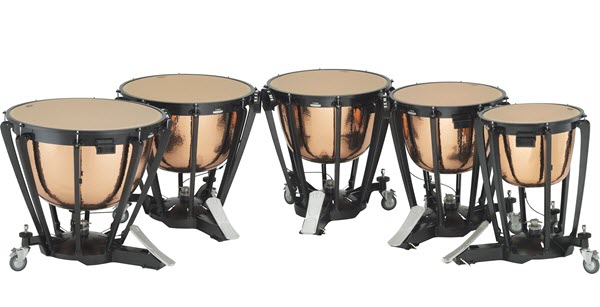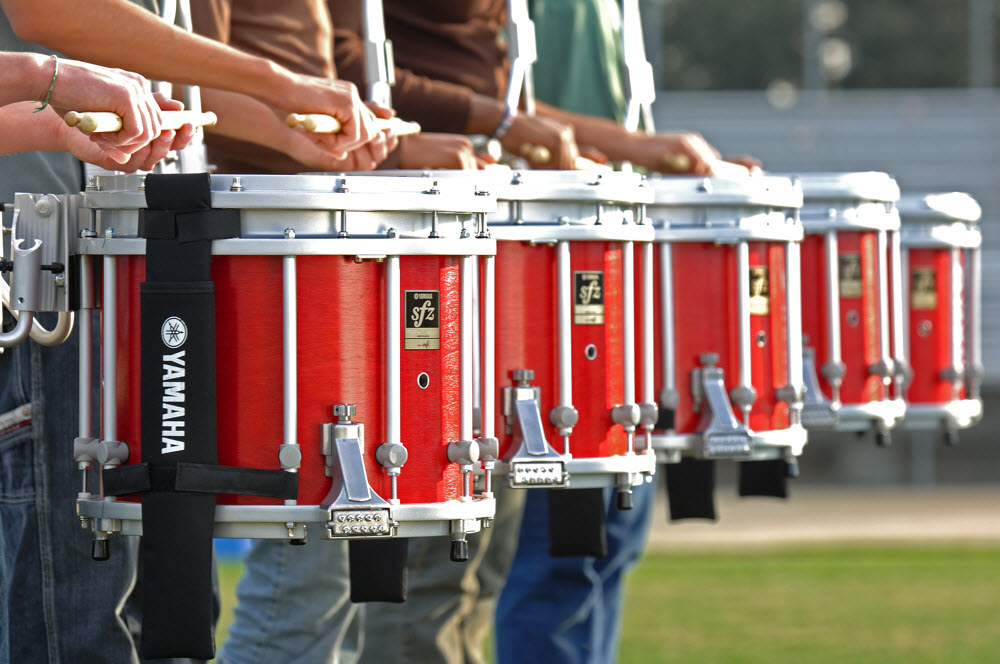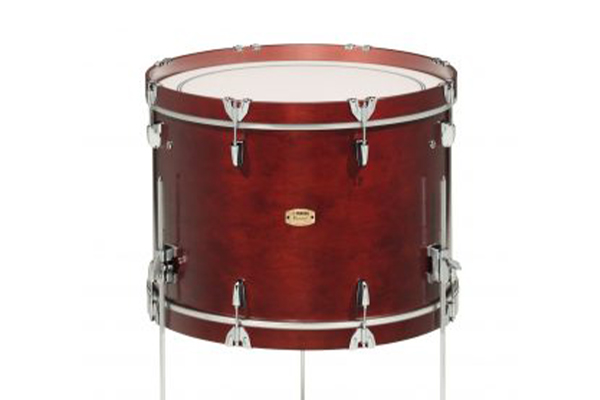How to Make Your Percussion Camp a Success, Part 1
With a little upfront planning, you can ensure that all goes smoothly.
You’ve decided that you want to host a percussion camp. After all, many school music programs are in need of expert percussion instruction to prepare for parades, halftime shows and other marching band activities. You think maybe a one- or two-day event would be just right.
Now what?
If you haven’t led an event like this before, you may not be certain how to begin planning to ensure that all goes smoothly. Done correctly, a percussion camp can be an unforgettable experience that provides top-notch instruction to the attendees while bolstering the relationships between local percussion educators and artists.
So where do you start?
Set a Goal
The first step is to define what you want the camp to accomplish. Ask these important questions:
- What is the criteria for attendance?
- How many students should attend? Is my goal to accommodate 25, 50 or 100 attendees?
- Do I need to break even on the camp fees/costs, or can I afford to lose money on it? Does money exist in a budget somewhere to support this?
- Will this provide students an opportunity to learn from someone new? (i.e., someone who is not usually accessible to them.)
Write down your answers with specific details. For example, one clinic might be structured like this:
- Attendance will be open to local high school students in drum corps and/or marching bands who are looking to improve their competition technique.
- Each student will receive a box lunch and a T-shirt.
- We need a minimum of 20 students to break even on a one-day event, or 30 students to break even on a two-day event.
- We can physically accommodate up to 50 students.
- The students will learn from top notch DCI instructors – people I already know and with whom I have a relationship.
Once you determine these elements, you can begin planning.
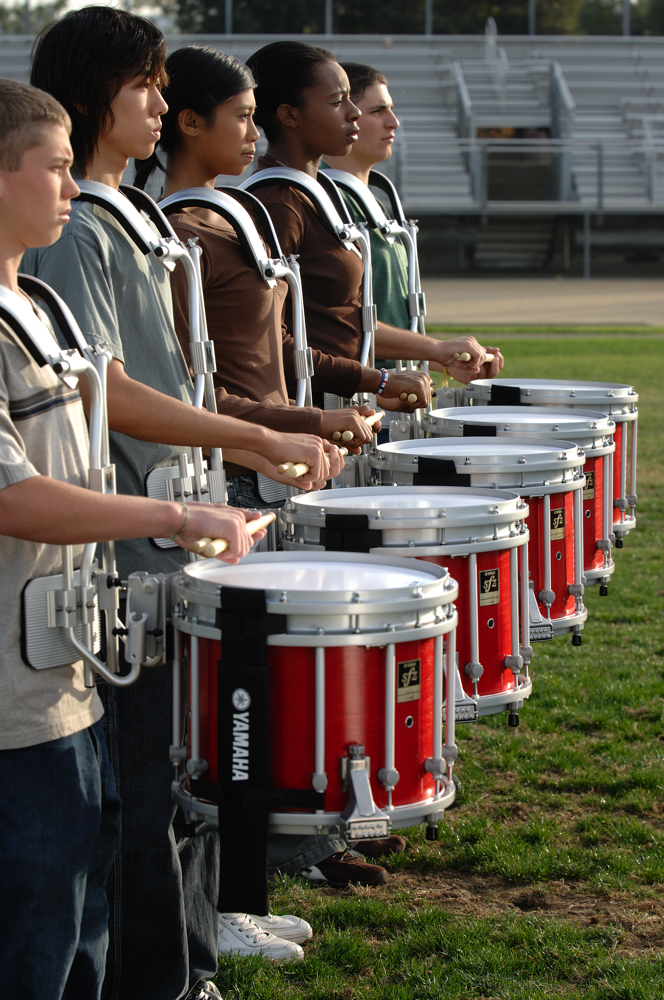
Before the Event
1. Recruit a team and identify the “go-to” people. Decide who will be in charge overall (this might well be you!), and who will be responsible for specific items, such as:
- Looking after the clinicians.
- Ordering and distributing food.
- Making payments.
- Coordinating marketing and promotion.
Hold those people accountable with clear directions and due dates on their tasks.
2. Establish a date for your camp. Pick a date that works best for the schools in your area and be sure to avoid conflicts with other regional events that may attract the same audience (i.e. marching festivals, band camps, Super Bowl™, local elections, truck/tractor pulls, etc.).
3. Locate and secure the venue for the camp, such as a high school or college campus. With the help of an onsite coordinator, ensure availability and access – who has the key? Be sure to get all necessary approvals from your school or district administrator, and identify all specific facilities that may be required, such as:
- An auditorium and or band room.
- Multiple rooms for percussion sectionals, each large enough to handle a small ensemble (i.e. choir room, multipurpose room, cafeteria, etc.).
- Shaded outdoor rehearsal areas, especially during the summertime.
- A large outdoor area for full ensemble rehearsal and performance, as well as a sizable indoor area in case of inclement weather.
4. Choose and confirm key clinicians and any additional instructors:
- Get approval in writing from all clinicians and staff for the payment amount, the time frame allotted, hotel needs and those expenses that will be covered.
- Recruit local percussion instructors to assist at the camp. I suggest planning on one instructor for each section: snares, tenors, bass drums, cymbals, and pit, and one for every 8-12 students. These instructors will most likely encourage their students to attend, thus increasing enrollment.
5. Launch a local marketing campaign with fliers, advertisements, press releases, social media announcements and other activities. This is such an important topic, we’ll be addressing it in detail in Part II.
6. Make arrangements to ensure the availability of all necessary instruments for the students and instructors to use.
7. Follow up regularly with local band directors, area instructors, etc. to confirm the number of students that will be attending.
8. Create a list of registered students, their instrument and ability level. This will help organize ensemble and sectional rehearsals, and allow the check-in process to proceed smoothly. The more quickly students are separated into skill levels, the better.
9. Prepare a camp packet for each student (a band folder provided by the school or a local music dealer can work well). The packet should consist of the following:
- Music book(s).
- Schedule of each day’s events.
- Clinician biographies.
- Organization literature.
- A Certificate of Completion personalized for every student (given out at the conclusion of the event).
You might also consider including a T-shirt if budget allows.
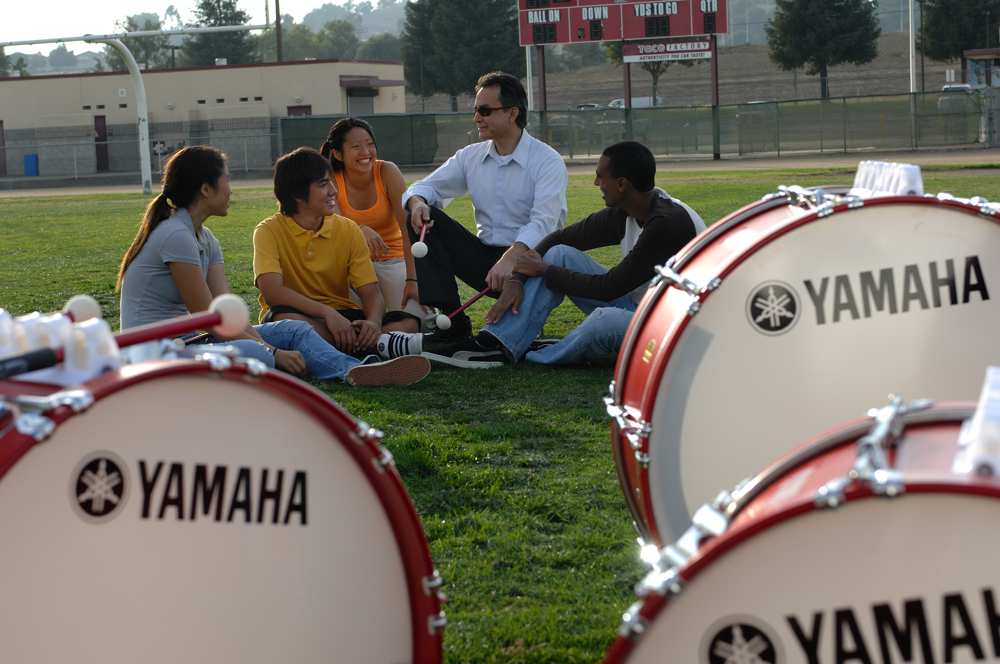
Final Pre-Event Checklist
- Clinician housing and travel arrangements; attendees housing (if needed).
- Camp packets assembled in band folders (includes books, schedule, etc.).
- All instruments tuned and in playable condition.
- Stage area set up as per clinician specifications.
- A device for music playback.
- All necessary sound reinforcement equipment.
- Music stands.
- Blackboard(s) with chalk.
- Amplified metronome(s).
- Additional help (i.e., ushers, hosts, runners, security).
- A photographer.
- Water coolers, cups and refreshments, especially on hot days.
- First aid kit.
- A game plan for inclement weather.
Suggested Timeline
5-6 months out:
- Set camp dates.
- Secure clinicians.
- Secure facilities with school approval.
- Appoint overall camp coordinator and on-site camp coordinator.
4-5 months out:
- Create materials for promotional packet.
- Mail promotional packet to area schools, etc.
- Deliver an event poster to area schools, etc.
3-4 months out:
- Send a press release to local media.
- Schedule local advertising.
2 months out:
- Run local advertising.
- Follow up with local area band directors.
- Send an email to all registrants promoting the event.
1 month out:
- Send a reminder email to all registrants again.
- Run local advertising again.
1 week out:
- Confirm clinicians’ travel schedule.
The day before:
- Do an initial tuning and then fine-tune every day of the camp.
- Allow time to assemble the percussion carriers and set up the stands.
Be sure to check out Part 2 for details on how to put together an effective marketing campaign for your percussion camp, as well as what to do during and after the event itself.










